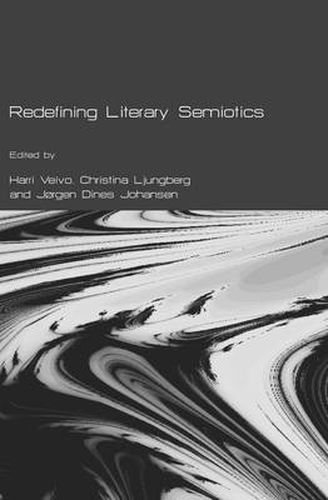Readings Newsletter
Become a Readings Member to make your shopping experience even easier.
Sign in or sign up for free!
You’re not far away from qualifying for FREE standard shipping within Australia
You’ve qualified for FREE standard shipping within Australia
The cart is loading…






This volume marks a shift. For it reveals how literary semiotics at present has moved toward methodological pluralism. The sharp lines of division, especially between the two most dominant approaches, those of C.S. Peirce and Ferdinand de Saussure, have dissolved and a manifest synergy has emerged from the deepening appreciating that the focal concern of literary scholarship is irreducibly heterogeneous. This heterogeneity necessitates a variety of approaches. The significance of literary texts is neither entirely identifiable with authorial intention nor susceptible to empirical verification. Even so, the possibility of shared meaning and mutual understanding, whether or not acknowledged, animates the work of literary scholars. Approaches and theories in which communication and representation are explained, rather than explained away, deserve a fuller hearing than they have received in the recent past. The contributors to this volume highlight the communicative functions of literary texts and, more controversially, the representational possibilities secured by literary production.
$9.00 standard shipping within Australia
FREE standard shipping within Australia for orders over $100.00
Express & International shipping calculated at checkout
This volume marks a shift. For it reveals how literary semiotics at present has moved toward methodological pluralism. The sharp lines of division, especially between the two most dominant approaches, those of C.S. Peirce and Ferdinand de Saussure, have dissolved and a manifest synergy has emerged from the deepening appreciating that the focal concern of literary scholarship is irreducibly heterogeneous. This heterogeneity necessitates a variety of approaches. The significance of literary texts is neither entirely identifiable with authorial intention nor susceptible to empirical verification. Even so, the possibility of shared meaning and mutual understanding, whether or not acknowledged, animates the work of literary scholars. Approaches and theories in which communication and representation are explained, rather than explained away, deserve a fuller hearing than they have received in the recent past. The contributors to this volume highlight the communicative functions of literary texts and, more controversially, the representational possibilities secured by literary production.